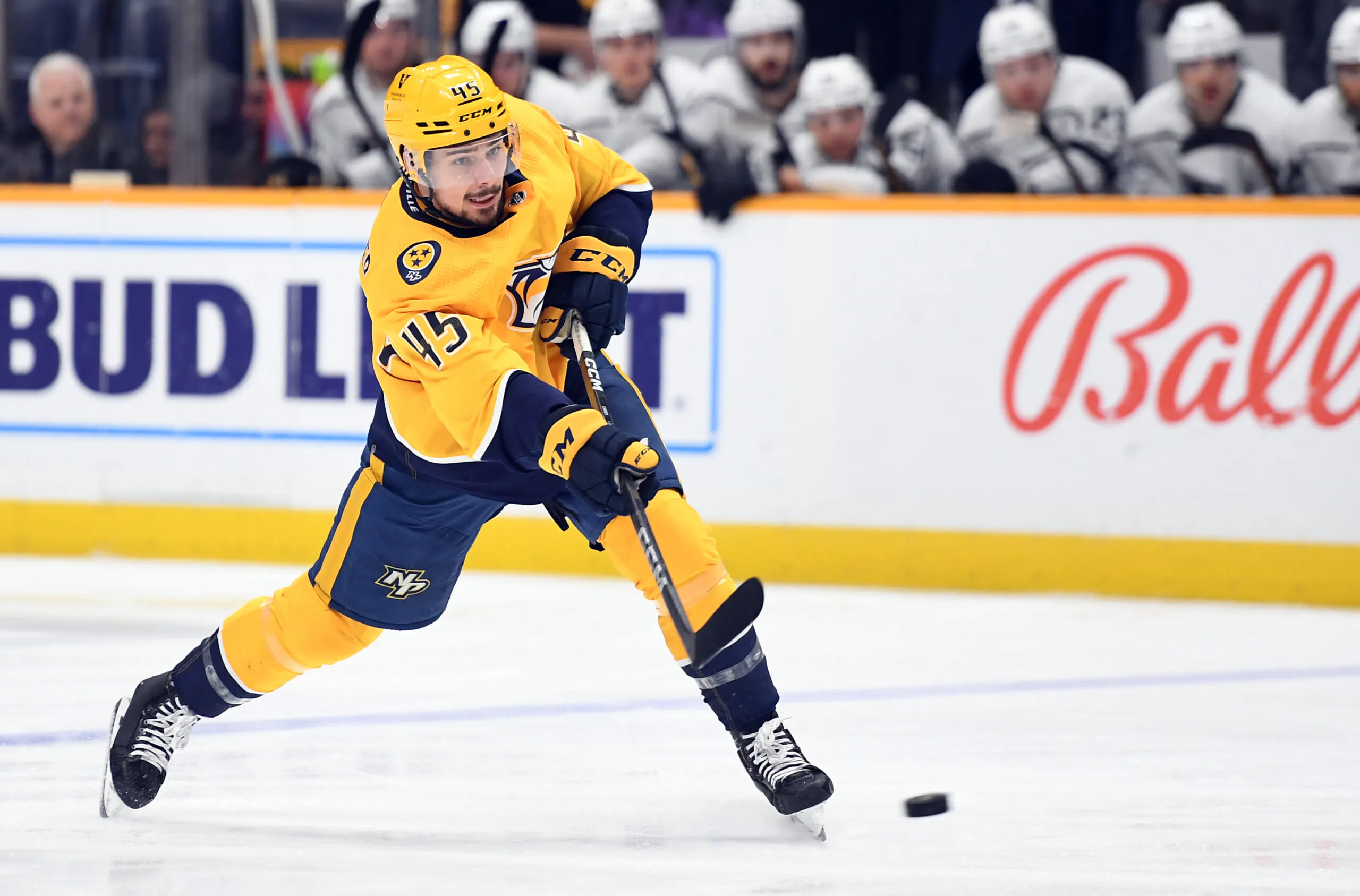Breaking down the right-handed defencemen that the Oilers could look to trade for
Photo credit: © Christopher Hanewinckel-USA TODAY Sports
Keep scrolling for the next article
Breaking News
- Instant Reaction: Oilers blow 2-0 lead, fall to Hurricanes in overtime
- Oilersnation Radio: Oilers’ scoring woes, the special teams, and new line combos
- Former Oilers coach Jay Woodcroft reflects on his time in Edmonton: ‘I saw the team on the cusp’
- The Numbers behind the Oilers’ power play struggles
- Darnell Nurse moves to right side as Oilers shuffle defensive pairings
